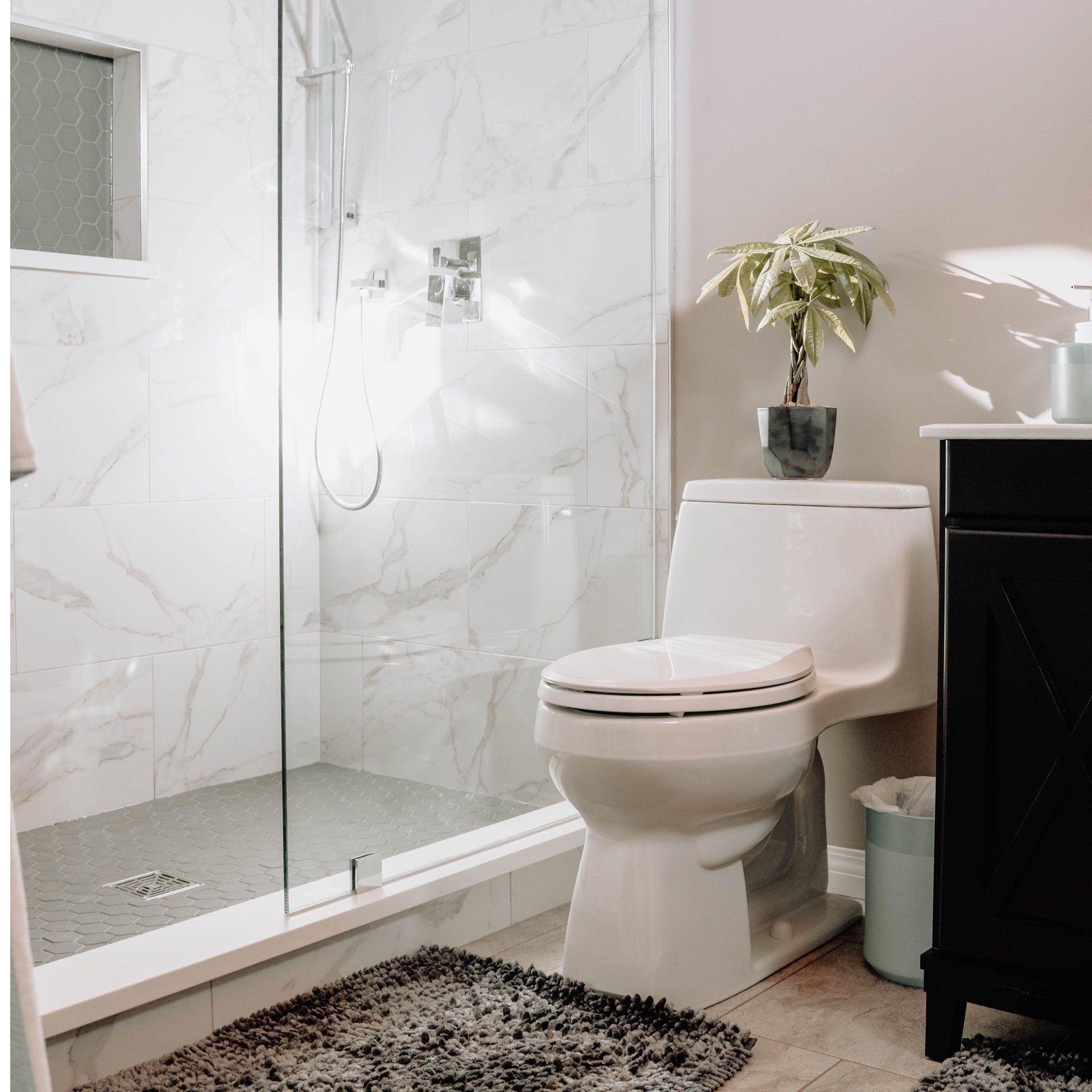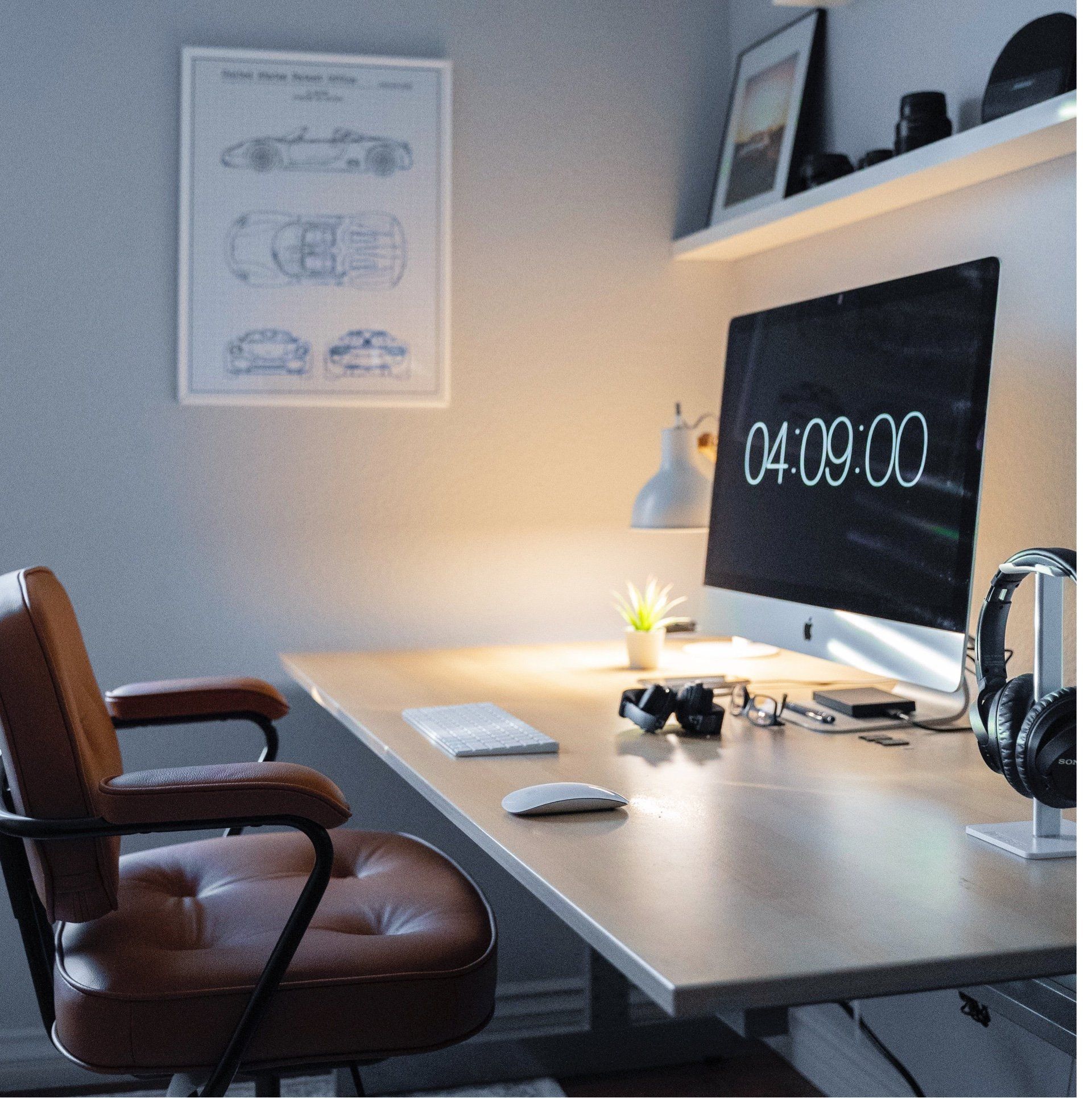Capital Ophthalmic
Table of Contents
- What Are Retinal Cameras?
- Types of Images Captured by Retinal Cameras and Their Diagnostic Significance
- How to Choose the Right Retinal Camera for Your Practice?
- Maintenance and Support
- Take the Next Step: Explore Advanced Ophthalmic Solutions!
What Are Retinal Cameras?
Retinal cameras are diagnostic tools used to create high-quality digital images of the inner, back surface of the eye. This process is non-invasive, quick, and painless, involving digital photography to capture detailed images of the retina.
Retinal imaging is crucial in diagnosing various eye conditions, including diabetes-related macular edema, retinopathy, eye cancer, glaucoma, macular degeneration, macular hole, macular pucker, posterior uveitis, retinal detachment, and retinal vein occlusion. These images allow for monitoring of the progression of these conditions and the effectiveness of treatments over time.
Types of Images Captured by Retinal Cameras and Their Diagnostic Significance
Retinal cameras capture various types of images, each offering unique diagnostic insights:
- Color Confocal Images: These images provide super-high resolution and contrast, essential for diagnosing conditions like cataracts and media opacities.
- Autofluorescence Imaging: This feature is useful in visualizing metabolic activities of the retina, aiding in the diagnosis of conditions like age-related macular degeneration (AMD).
- Wide Field Imaging: This allows for a broader view of the retina, which is crucial in assessing conditions affecting the peripheral parts of the retina.
How to Choose the Right Retinal Camera for Your Practice?
Location and Portability
Consider where the camera will be used. For stationary use in hospitals or clinics, a tabletop camera is suitable. For mobile or remote use, a handheld camera is more appropriate. Handheld cameras are more portable and suited for dynamic environments like mobile clinics or patient homes.
Financial Resources
Handheld cameras are generally more affordable than tabletop cameras. Determine your budget and compare prices, keeping in mind the cost of the camera and any additional tools or software required.
Image Quality
High image quality is crucial for effective diagnostics. Tabletop cameras generally produce more consistent high-quality images. Some handheld cameras come with technology to enhance image quality, but they might still require careful handling to avoid movement-related quality issues.
Maintenance and Support
Ensure that the manufacturer offers at least a 12-month warranty and that parts will be available for at least five years. Choose a distributor with a local presence for easy installation, servicing, and repairs.
You should also opt for a service provider that offers both onsite and virtual training for all camera types. Proper training ensures that your team can effectively use the camera, leading to high satisfaction and engagement in the program.
Take the Next Step: Explore Advanced Ophthalmic Solutions!
Selecting the right retinal camera for your practice involves careful consideration of various key factors. From understanding the needs of your practice's location and patient demographic to evaluating the financial implications, ease of use, and image quality - every aspect plays a crucial role in making an informed decision. With advanced models from Capital Ophthalmic, the choice is more accessible and tailored to your specific needs. Ask us about our
reconditioned ophthalmic equipment as well.
Capital Ophthalmic
Instrument Service Inc.




